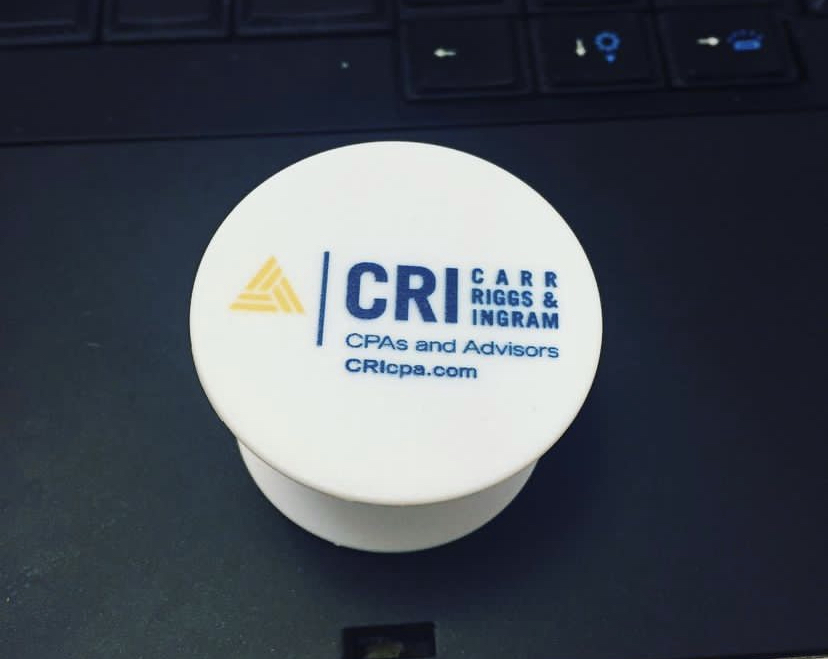I have experienced six economic recessions in my professional adult life:
- 1972-74
- 1978-79
- 1982-84
- 1991-92
- The collapse of the dotcoms in 2000
- And the current downturn that started in 2008
In the 1990’s, as I entered my second decade of assisting companies, I realized how critical efficiency was towards increasing profitability. Increasing profitability is not only necessary during economic downturns or difficult personal financial times; it is a critical component of everyday business growth. Improving efficiency is usually the last option businesses choose to address, but there are really only three ways to increase profitability:
- Increase revenue faster than costs
- Decrease expenses
- Improve efficiency
The first thing most people think about when getting through difficult times or attempting to increase the company’s profitability is “how can I sell more or gain new clients?” In a down market increasing revenue faster than costs can be a challenge because consumers simply are not as apt to be buying.
If increasing sales is difficult, businesses mostly think about decreasing expenses. In general, decreasing expenses winds up occurring primarily through human resources. Employees are typically the largest expense in any company. By eliminating members of the team, there will be an increase of available cash, but this is ineffective for long-term growth and sustainability because it creates a stressful culture.
I have found over the years that improving efficiency is the best way to increase profitability. Creating a more efficient workplace has a large impact on the bottom line. From a simple math standpoint, if I have a company with $1,000,000 in operating expenses, I could improve efficiency in the operation by 2% (not a large amount) and that would have an effect of about $20,000 on my bottom line.
While there are many areas in your business that you can increase efficiency in, we will be focusing on three main points: Workflow, Technology, and Company Culture.
Workflow
Very few companies take the time to really understand what all the steps involved in all disciplines of the operations in their business. I have done many workflow analyses of companies from SME to Fortune 100s, and most owners are shocked to find out the number of steps that are actually taking place to run their company.
Would it surprise you to find out that for most businesses there are well over a thousand steps taking place in the operation? Workflow involves a lot. Think about the steps involved in accounting alone: data entry, filing, report generation, compliance, assessment of finance, accounts receivable, accounts payable, payroll, incentives, insurance… the list goes on…
Are there bottlenecks? What is the ripple effect if some activity is delayed? For example, if your client does not enter in their expenses right away, what does that do for the P&L or balance sheet? What does that mean for the forecasts and reports you’re creating?
Increasing efficiency in your workflow is easier than ever thanks to advances in technology. There are tools and software services you can use to help keep clients’ data up to date. Cloud accounting solutions help with this, and add-ons that help your clients automatically enter their receipts.
Technology
Speaking of advances in technology, old and outdated technology can create problems in your organization. Very old technology lacks features that have been built into applications in the past few years. Personally, we have changed contact management systems to fit our needs based on newer features and bigger requirements.
Years ago I was helping a smaller business, and the owner was certain they could avoid spending money by having their receptionist’s computer do double duty as a server for the other employees. It still ran an old version of Microsoft Windows, yet the receptionist was in charge of scheduling, data management, email touches with customers and suppliers, and report generation. The watch I was wearing had a stopwatch feature, so I timed how long it took for typing a single letter on her keyboard to appear on the monitor. Eight seconds; I am not making this up!
Old technology can be a killer in efficiency. Why is it kept? People are afraid to invest the money. But the amount invested now will pay off immensely.
Company Culture
This is probably the most important part of improving efficiency. If your organization’s culture is one people love to be a part of, employees wake up and can’t wait to come to work. This creates a natural efficiency, when people enjoy their work and workplace they are able to accomplish more. When there is stress, strain, conflict and sabotage, the culture deteriorates.
A business can define the culture, but cannot create the culture. The employees are a huge component of creating a positive culture. This is why decreasing expenses by eliminating employees is not effective in the long run. As we mentioned earlier, treating employees as expenses instead of assets creates a culture of stress. Investing in your employees makes them feel important and not like replaceable cogs. And that makes them happy to accomplish more.
Efficiency builds profitability in the most stable and effective way. That’s not to say there is never a need for decreasing expenses, and businesses always want to increase revenue faster than costs, but ultimately it’s improving efficiency that will increase profitability and stability.
Why Efficiency Matters
Recent shifts in the accounting industry have pushed accounting firms to add more advisory service offerings to clients. These new services add many more tasks to the workflow of your practice, so it’s more important than ever to increase efficiency in your firm.
=——-=
PETER VESSENES
CEO/Founder, Vestment Advisors
Peter has served as a high-level corporate advisor since 1983. As a turn-around specialist, Vestment Advisors has assisted leaders and presidents of Fortune 100 companies in the 1980s. In the 1990s the efforts broadened to include SMEs, closely held companies, capital formation and start-ups. Industry sectors have included financial services, transportation/distribution, general contracting, insurance, broker/dealers, major wire-houses, accountancy, medical clinics and services, dental practices, food & health care manufacturing, computer software, and computer hardware manufacturers.
Peter is a popular platform speaker and co-author of Building Your Multi-Million–Dollar Practice and the author of The Golden Rules of Economics: The Real Way Out Of America’s Financial Crisis.
Peter co-founded Vestment Advisors in 1991 a firm dedicated to helping companies in the financial services industry at all levels, from dozens of Broker Dealers, major wire houses, and thousands of independent financial advisory practices.
His works have been published in Investment News, Wall Street On-Line, The Journal of Financial Planning, Producers Web, Horsesmouth, The Register, Financial Planning Magazine, Adviser Max, American Management Magazine, American Venture Magazine, Broker Dealer Magazine, and more.
CEO/Co-Founder ProfitSee Inc.
His team has created a suite of cloud- based software tools that provide Fortune 100 level financial analytics and tools to CPAs and other consultative service organizations that help the fiscal management of their small to mid-sized business clients. In addition to reports, ProfitSee provides powerful insights to manage cash flow, grow profitability, and increase valuation.
Peter may be reached at peterm@myprofitsee.com or +1-952-401-1045.
Thanks for reading CPA Practice Advisor!
Subscribe Already registered? Log In
Need more information? Read the FAQs
Tags: Accounting, Advisory, Firm Management, Technology



